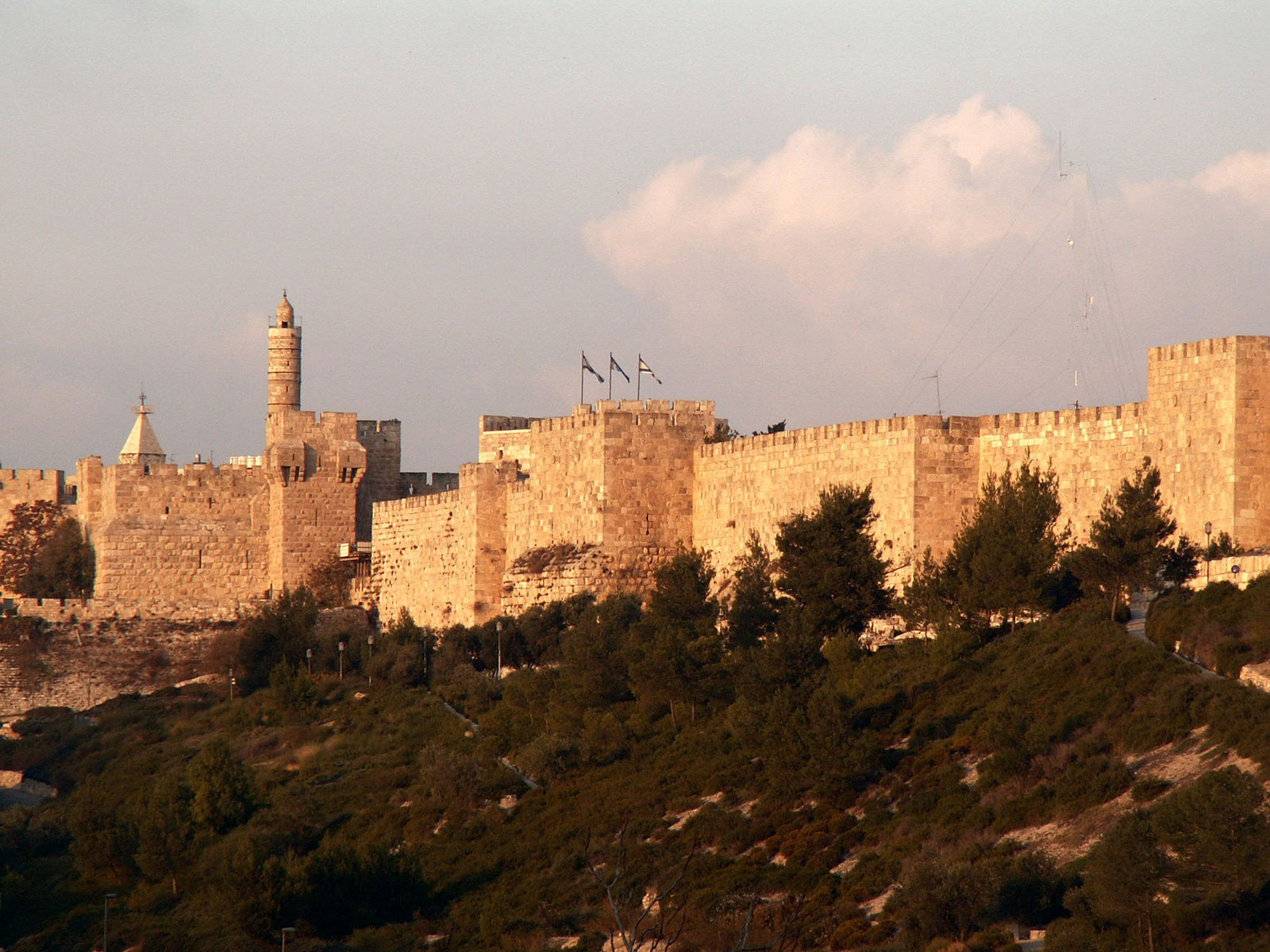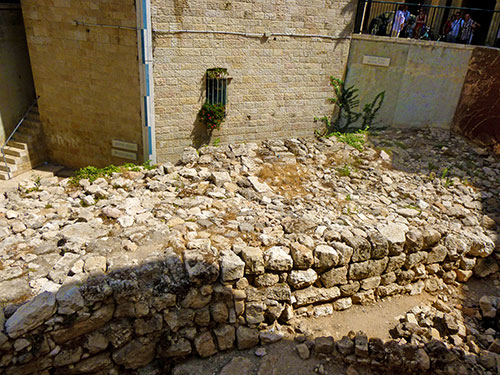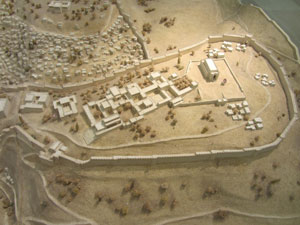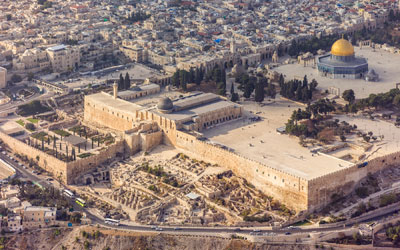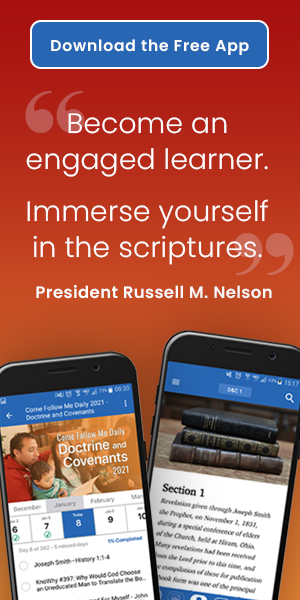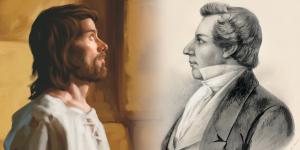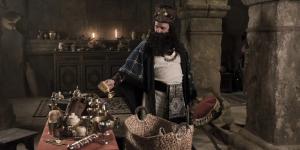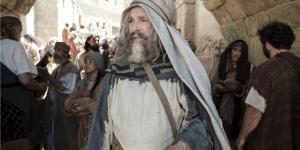You are here
Did Jerusalem Have Walls Around It?

1 Nephi 4:4
The Know
During the initial stage of translation of the Book of Mormon in the winter of 1827–1828, Joseph Smith’s wife Emma would often write for him as he translated. Later in life, on multiple occasions, Emma would tell the story of the time Joseph was startled by the mention of walls surrounding Jerusalem at the time of Lehi.
Edmund C. Briggs reported the most dramatic version of the story, as he heard it from Emma in 1856.
[O]ne time while he was translating he stopped suddenly, pale as a sheet, and said, “Emma, did Jerusalem have walls around it?” When I answered “Yes,” he replied “Oh! I was afraid I had been deceived.” He had such limited knowledge of history at that time that he did not even know that Jerusalem was surrounded by walls.1
In another account, she said, “He had not read the Bible enough to know that there were walls around Jerusalem,” she remembered in 1877, “and he came and asked me if there were walls around the city of Jerusalem.”2
David Whitmer, too, later recalled in 1885 “that at the time [of translation] Smith did not even know that Jerusalem was a walled city.”3 David likely heard the story from Emma since he was not close to the Smith family until 1829, during the final stages of the translation.
The Why
What significance can be drawn from Emma’s recollection? From these early sources, it is clear that Joseph’s closest contemporaries, including his own wife, considered this to be evidence that Joseph was not well enough informed on historical and biblical matters to write the Book of Mormon.
John W. Welch, who collected the primary sources on the translation, explained, these “accounts … focus on the point that Joseph Smith was poorly equipped educationally to produce the Book of Mormon.”4
God often magnifies the abilities of his servants far beyond their capabilities, just as he did for Joseph during the translation of the Book of Mormon.
Daniel C. Peterson, another scholar who studied these Book of Mormon translation accounts, has raised another, equally intriguing point, which this and similar evidence from the translation period further suggests: Joseph himself was sometimes surprised by the content of the book. “It seems to have been a text that was new and strange to him,” Peterson remarked. The text was “something external to himself,” and “there were parts of the text that he did not understand.”5
The fact that the details of the book were new to Joseph is an indication that he was not the author of the text, but that rather he learned as he translated by divine means.
Just as it was for Joseph, much of revelation is unveiling, opening, and enlarging new information. Revelation helps us see things we haven’t noticed before though they are perfectly obvious once they are brought to our attention.
Further Reading
John W. Welch, "The Miraculous Translation of the Book of Mormon," in Opening the Heavens: Accounts of Divine Manifestations, 1820–1844, ed. John Welch with Erick B. Carlson (Salt Lake City/Provo, UT: Desesret Book and BYU Press, 2005), 77–117.
Daniel C. Peterson, "What the Manuscripts and the Eyewitnesses Tell Us about the Translation of the Book of Mormon," in Uncovering the Original Text of the Book of Mormon: History and Findings of the Critical Text Project, ed. M. Gerald Bradford and Alison V.P. Coutts (Provo, Ut.: FARMS, 2002), 67–70.
Daniel C. Peterson, "Editor's Introduction—Not So Easily Dismissed: Some Fact for Which Counterexplanations of the Book of Mormon Will Need to Account," FARMS Review 17, no. 2 (2005): xi–xlix.
- 1. Edmund C. Briggs, “A Visit to Nauvoo in 1856,” Journal of History 9 (October 1916): 454; transcribed in Opening the Heavens: Accounts of Divine Manifestations, 1820–1844, ed. John Welch with Erick B. Carlson (Salt Lake City/Provo, UT: Deseret Book and BYU Press, 2005), 129 (document 38). Briggs also related this story as an aside in “Interview with David Whitmer,” Saints’ Herald 31 (June 21, 1884): 396–397; quoted in Welch, “The Miraculous Translation of the Book of Mormon,” in Opening the Heavens, 106 n.23.
- 2. Nels Madsen, “Visit to Mrs. Emma Smith Bidamon,” 1931, Church Archives; transcribed in John W. Welch, “The Miraculous Translation of the Book of Mormon,” in Opening the Heavens, 130 (document 40).
- 3. “The Book of Mormon,” Chicago Tribune, (December 17, 1885): 3; cf. M.J. Hubble, interview, November 13, 1886; both transcribed in Opening the Heavens, 154, 156 (documents 93 and 95). Also see “The Golden Tables,” Chicago Times (August 7, 1875): 1; quoted in Welch, “The Miraculous Translation of the Book of Mormon,” 86.
- 4. Welch, “The Miraculous Translation of the Book of Mormon,” 86.
- 5. Daniel C. Peterson, “Editor’s Introduction—Not So Easily Dismissed: Some Fact for Which Counterexplanations of the Book of Mormon Will Need to Account,” FARMS Review 17/2 (2005): xxii, xxi.
KnoWhy Citation
Related KnoWhys
Subscribe
Get the latest updates on Book of Mormon topics and research for free

